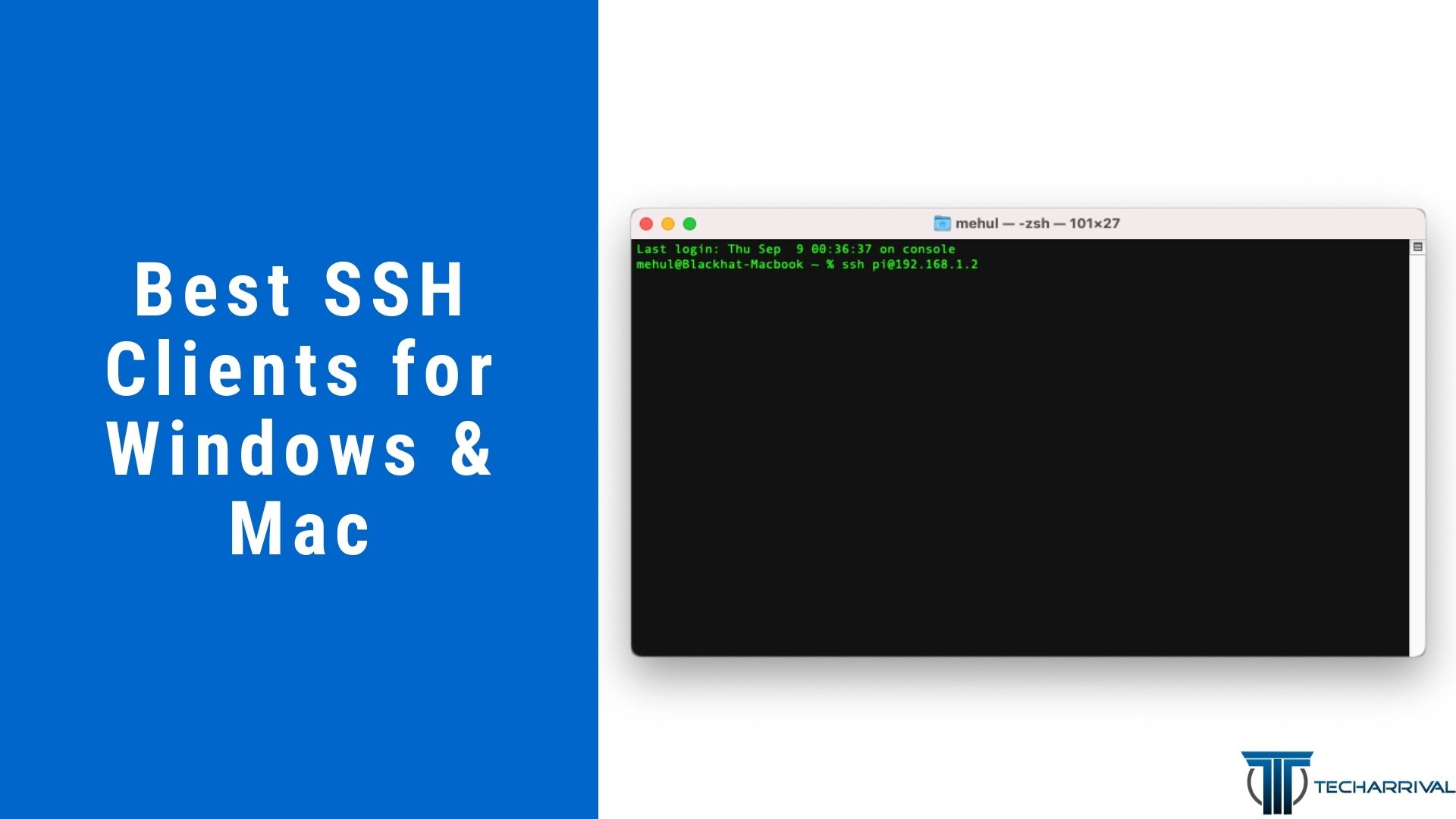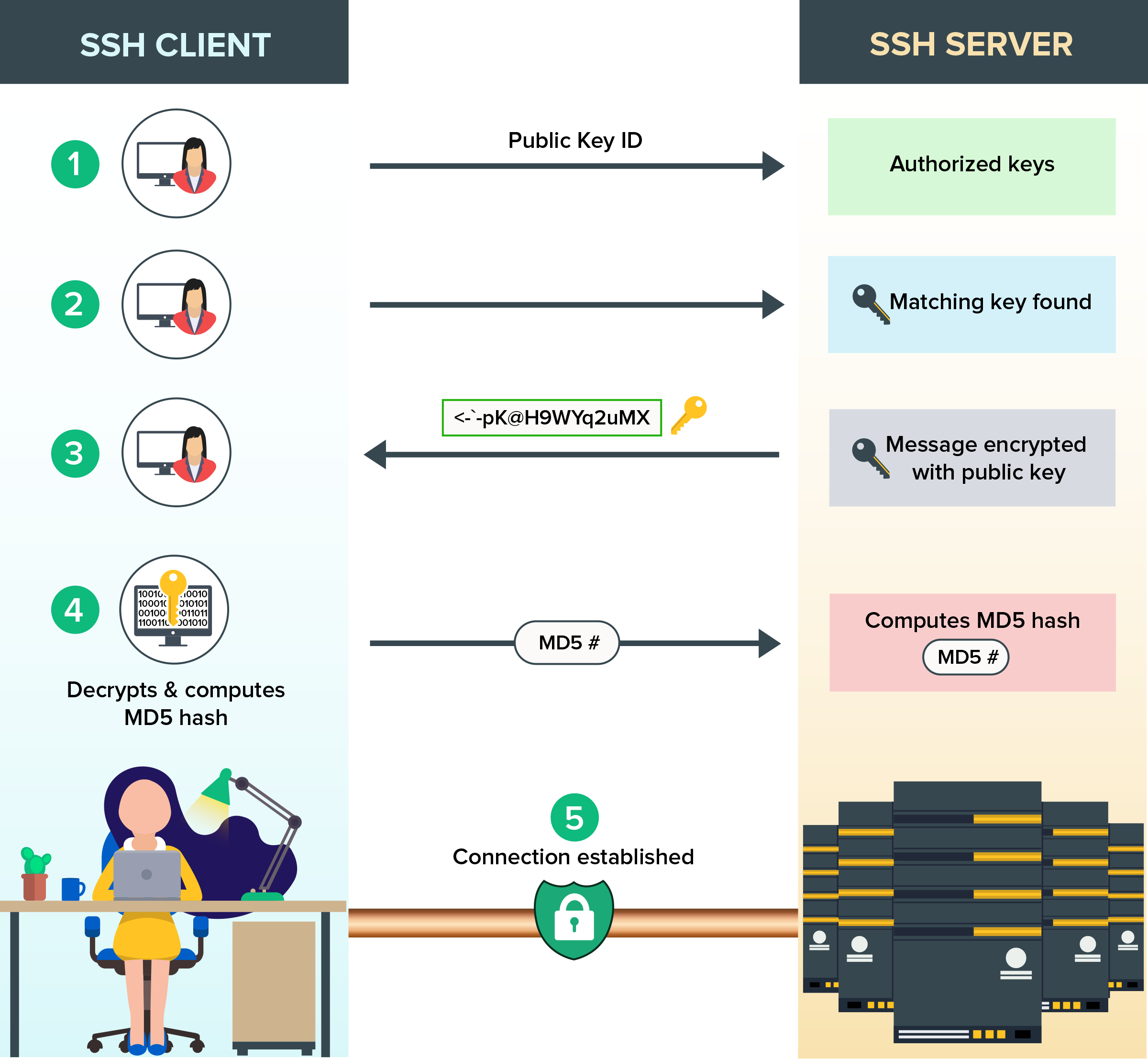Best RemoteIoT SSH: Your Ultimate Guide To Secure And Efficient Connections
Hey there, tech enthusiasts! Let’s dive straight into the world of remote connections and cybersecurity. In today’s fast-paced digital era, the term "best remoteIoT ssh" has become a buzzword for anyone working with Internet of Things (IoT) devices. Imagine being able to access and manage your IoT devices from anywhere in the world while maintaining top-notch security. Sounds pretty sweet, right? Well, that’s exactly what SSH (Secure Shell) can do for you. So, if you’re ready to unlock the secrets of secure remote access, stick around because we’re about to break it all down for ya.
Now, before we get too deep into the nitty-gritty, let’s clarify something. Why is SSH so crucial for IoT devices? Picture this: you’ve got a smart home setup, complete with security cameras, thermostats, and lighting systems. All these devices are connected to the internet, making them vulnerable to cyber threats. Enter SSH – your digital superhero that ensures your data stays safe and your devices remain under your control, no matter where you are.
Throughout this article, we’ll explore everything you need to know about using SSH for remote IoT management. From setting up SSH tunnels to troubleshooting common issues, we’ve got you covered. So, grab your favorite drink, sit back, and let’s make this tech journey as smooth as butter. Without further ado, here’s what we’ll be covering:
Read also:Arab Heritage Memorial Chapel Obituaries A Journey Through Legacy And Remembrance
- What is RemoteIoT SSH?
- Why SSH is Essential for IoT Devices
- Setting Up SSH for RemoteIoT
- Tips for Optimizing SSH Performance
- Best Practices for Secure Connections
- Common SSH Mistakes to Avoid
- SSH Alternatives for IoT
- Future Trends in RemoteIoT SSH
- How to Troubleshoot SSH Issues
- Final Thoughts and Recommendations
What is RemoteIoT SSH?
Alright, let’s start with the basics. RemoteIoT SSH refers to the use of Secure Shell (SSH) protocols to remotely access and manage IoT devices. Think of SSH as a secure communication bridge between your device and the IoT system you’re controlling. It’s like having a private hotline that encrypts all your data, ensuring no one can eavesdrop on your activities.
SSH is widely regarded as one of the most reliable methods for remote access because it offers end-to-end encryption, authentication, and data integrity. This makes it an ideal choice for managing IoT devices, which often handle sensitive information. Whether you’re monitoring a weather station or controlling a fleet of drones, SSH has got your back.
How Does SSH Work?
Here’s a quick breakdown of how SSH operates. When you establish an SSH connection, the protocol creates a secure tunnel between your local machine and the remote IoT device. This tunnel ensures that all data transmitted between the two points is encrypted and protected from unauthorized access.
Now, let’s talk about the key components of SSH:
- Public Key Authentication: This allows you to securely log in to your IoT device without using passwords, reducing the risk of brute-force attacks.
- Encryption: SSH uses strong encryption algorithms to protect your data from prying eyes.
- Port Forwarding: You can use SSH to forward traffic from one port to another, enabling secure access to services running on your IoT device.
Why SSH is Essential for IoT Devices
Let’s face it – IoT devices are everywhere. From smartwatches to industrial sensors, they’re revolutionizing the way we live and work. But with great power comes great responsibility. These devices are often connected to the internet, making them potential targets for hackers. That’s where SSH comes in.
SSH provides several benefits for IoT devices, including:
Read also:Is Paige Bueckers Bisexual Unpacking The Truth Behind The Rumors
- Enhanced Security: SSH encrypts all communication, protecting your data from interception and tampering.
- Remote Access: With SSH, you can manage your IoT devices from anywhere in the world, as long as you have an internet connection.
- Automation: SSH allows you to automate tasks, such as updating firmware or running scripts, saving you time and effort.
But wait, there’s more! SSH also supports secure file transfers through SFTP (Secure File Transfer Protocol), making it easy to upload and download files to your IoT devices.
Setting Up SSH for RemoteIoT
Ready to set up SSH for your IoT devices? Let’s walk through the process step by step. First, you’ll need to ensure that your IoT device has SSH enabled. Most modern devices come with SSH pre-installed, but if yours doesn’t, you can install it manually.
Once SSH is enabled, you’ll need to generate a public and private key pair. This will allow you to authenticate without using passwords. Here’s how you can do it:
- Open your terminal or command prompt.
- Type
ssh-keygenand press Enter. - Follow the prompts to generate your key pair.
Next, copy your public key to the IoT device. You can do this by running the following command:
ssh-copy-id username@iot-device-ip
And just like that, you’re ready to go! Now you can connect to your IoT device using SSH by typing:
ssh username@iot-device-ip
Tips for a Smooth Setup
Here are a few tips to make your SSH setup as smooth as possible:
- Use a strong passphrase for your private key to enhance security.
- Disable password authentication to prevent brute-force attacks.
- Regularly update your SSH software to ensure you have the latest security patches.
Tips for Optimizing SSH Performance
Now that you’ve got SSH up and running, let’s talk about how to optimize its performance. Speed and reliability are crucial when working with IoT devices, so here are a few tips to help you get the most out of SSH:
- Compression: Enable compression to reduce the amount of data transmitted over the network.
- Cipher Selection: Choose a cipher that balances security and speed. AES-128 is a popular choice for its efficiency.
- Keep-Alive: Set a keep-alive interval to prevent your connection from dropping due to inactivity.
By tweaking these settings, you can significantly improve the performance of your SSH connections.
Best Practices for Secure Connections
Security should always be your top priority when working with IoT devices. Here are some best practices to ensure your SSH connections remain secure:
- Use Strong Keys: Generate keys with a length of at least 2048 bits for RSA or 256 bits for ECDSA.
- Limit Access: Restrict SSH access to trusted IP addresses to minimize the risk of unauthorized access.
- Monitor Logs: Regularly review your SSH logs for any suspicious activity.
Following these practices will help you maintain a secure and reliable SSH setup for your IoT devices.
Common SSH Mistakes to Avoid
Even the best of us make mistakes sometimes. Here are a few common SSH mistakes to watch out for:
- Using weak passwords instead of key-based authentication.
- Not updating SSH software regularly.
- Leaving default settings unchanged, such as the SSH port number.
By avoiding these pitfalls, you can ensure a smoother and more secure SSH experience.
SSH Alternatives for IoT
While SSH is undoubtedly a powerful tool, it’s not the only option for remote IoT management. Let’s explore some alternatives:
- MQTT: A lightweight messaging protocol designed for IoT devices with limited bandwidth.
- CoAP: A protocol that uses UDP instead of TCP, making it faster and more efficient for IoT applications.
- WebSockets: A protocol that allows for real-time communication between devices.
Each of these alternatives has its own strengths and weaknesses, so it’s important to choose the one that best fits your needs.
Future Trends in RemoteIoT SSH
As technology continues to evolve, so does the world of SSH and IoT. Here are a few trends to watch out for:
- Quantum-Resistant Algorithms: With the rise of quantum computing, researchers are developing new encryption methods that can withstand quantum attacks.
- AI-Driven Security: Artificial intelligence is being used to enhance SSH security by detecting and responding to threats in real-time.
- Edge Computing: By processing data closer to the source, edge computing reduces latency and improves the efficiency of SSH connections.
These trends promise to shape the future of remote IoT management, making it faster, more secure, and more efficient.
How to Troubleshoot SSH Issues
Even the most experienced users encounter issues from time to time. Here’s how you can troubleshoot common SSH problems:
- Connection Refused: Check if the SSH service is running on the IoT device and ensure the firewall allows SSH traffic.
- Authentication Failed: Verify that your public key is correctly installed on the device and that password authentication is disabled.
- Timeout Errors: Increase the keep-alive interval or check your network connection for any issues.
By following these troubleshooting steps, you can quickly resolve most SSH-related issues.
Final Thoughts and Recommendations
And there you have it – a comprehensive guide to the best remoteIoT SSH practices. Whether you’re a seasoned pro or just starting out, SSH is an invaluable tool for managing IoT devices securely and efficiently. Remember to always prioritize security, stay updated with the latest trends, and don’t hesitate to explore alternative protocols if they better suit your needs.
So, what are you waiting for? Dive into the world of SSH and take your IoT management to the next level. And if you found this article helpful, be sure to share it with your friends and leave a comment below. Your feedback means the world to us!
Article Recommendations



